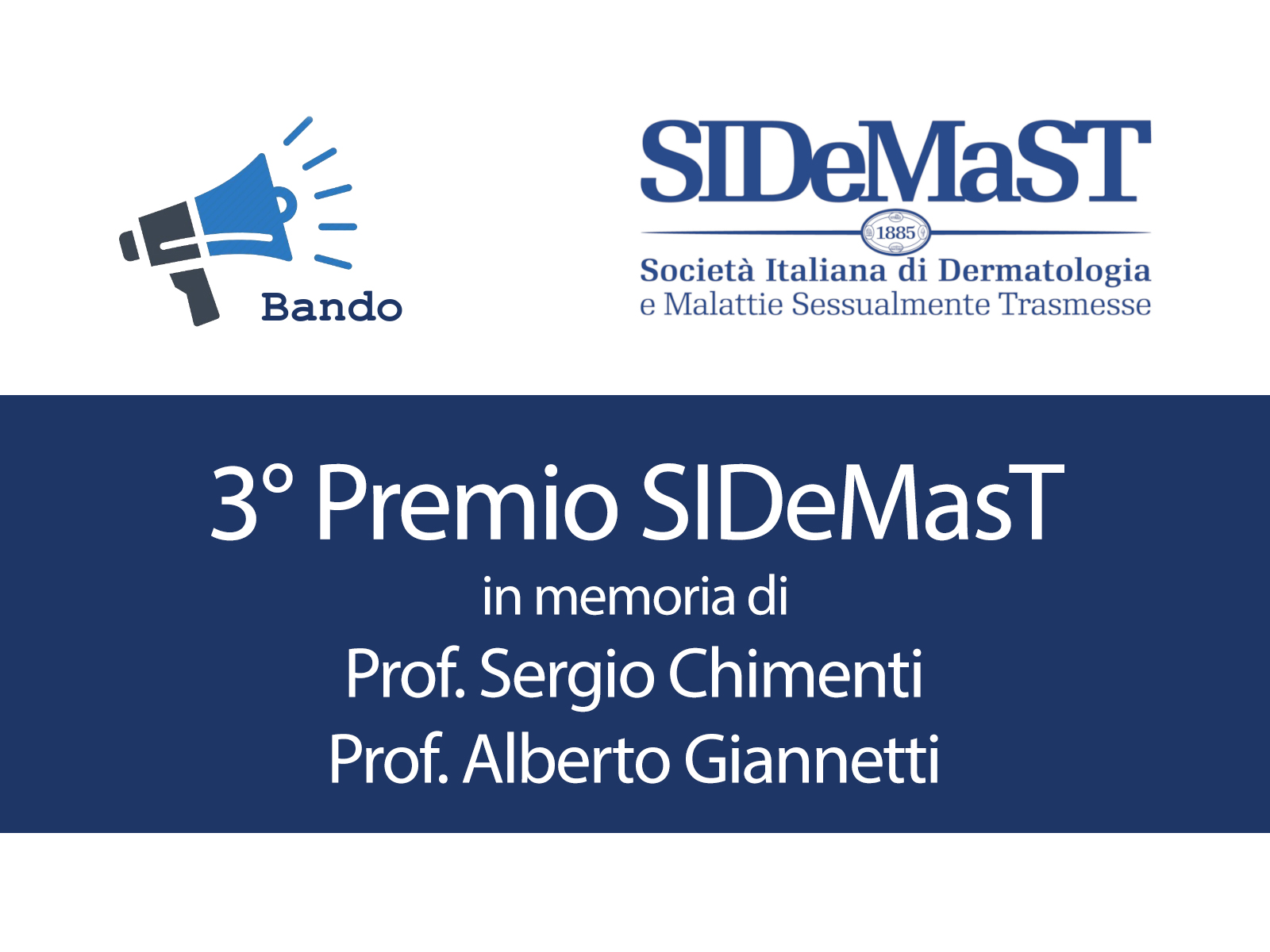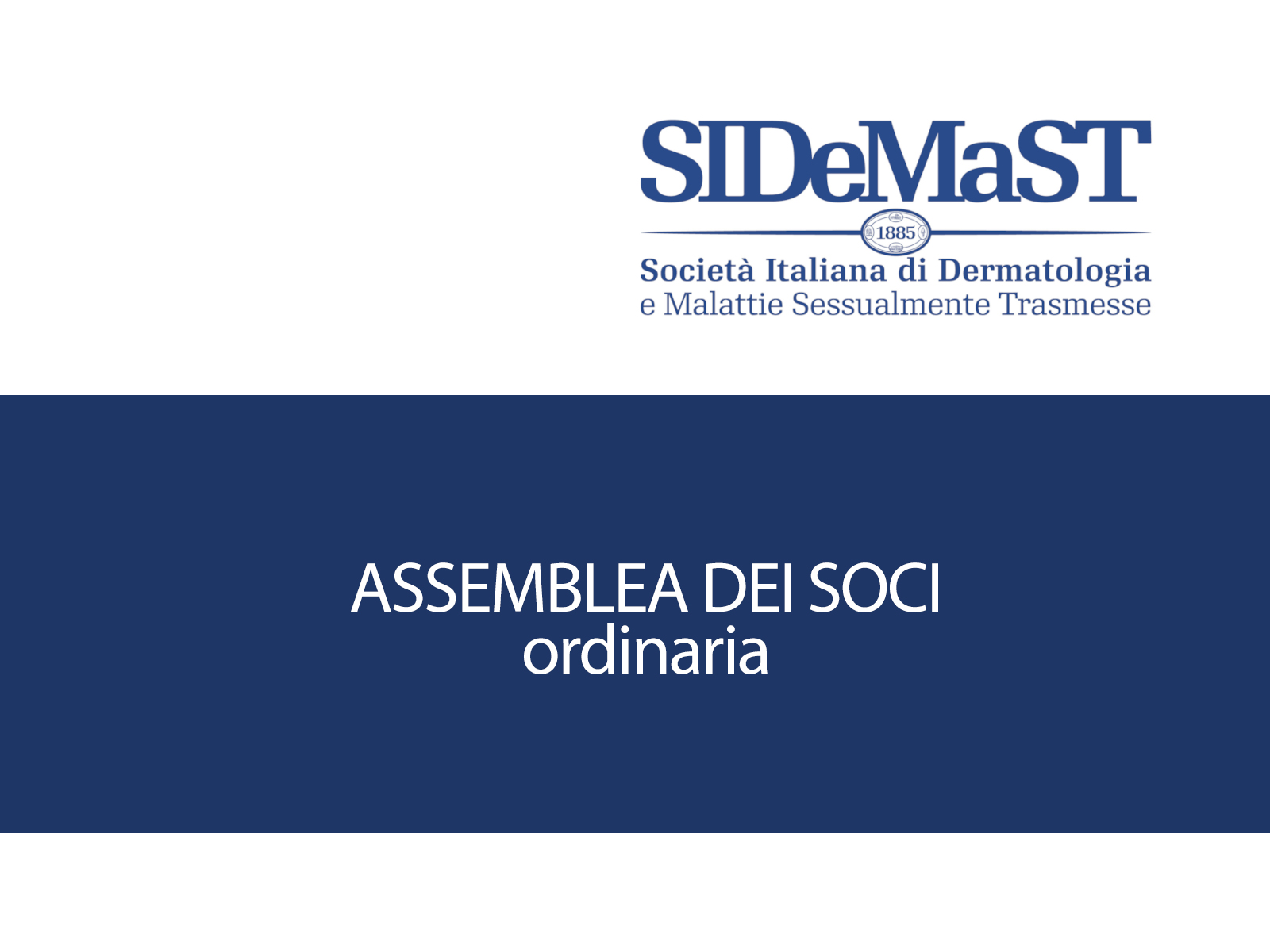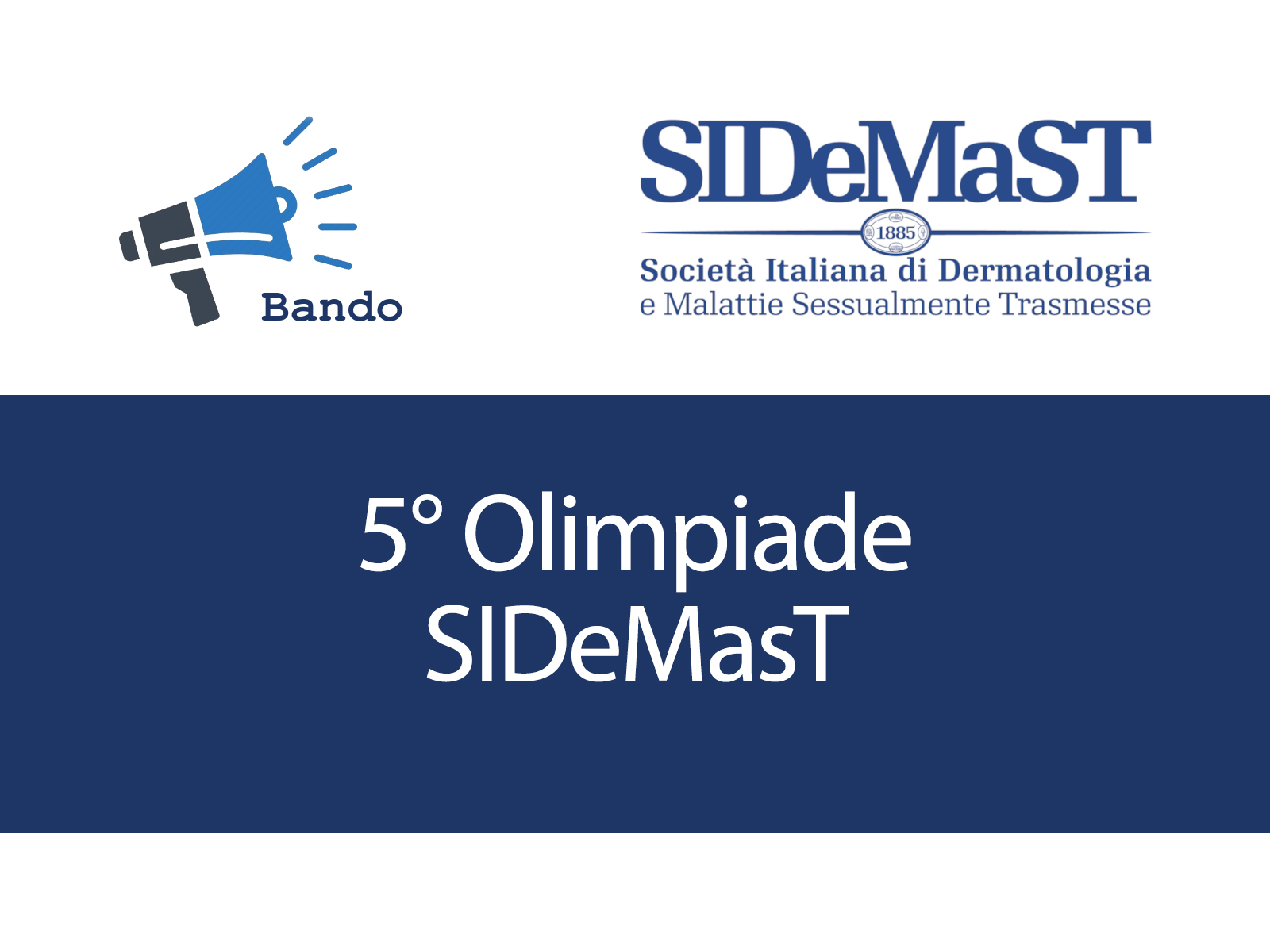Larotrectinib has demonstrated consistent and durable antitumor activity in tropomysin receptor kinase (TRK) fusion cancers, across a wide range of ages and tumour types, and was well-tolerated, according to a study presented here at the 2017 Annual Meeting of the American Society of Clinical Oncology (ASCO).
Larotrectinib could be the first targeted therapy developed in a tissue type-agnostic manner, and the first developed simultaneously in adults and paediatrics, reported David Hyman, MD, Memorial Sloan Kettering Cancer Center, New York, New York.
In the study, there were 17 different tumour types among the 55 patients treated, and despite tumour variety, therapy with larotrectinib was effective in 76% of the patients.
“Larotrectinib delivers consistent and durable responses in patients with TRK fusion across all ages, regardless of tumour context, and does so with few side effects,” said Dr. Hyman on June 4.
“In this way, the larotrectinib TRK fusion story fulfils the promise of precision medicine, where tumour genetics rather than tumour site of origin define the treatment approach,” he said. “It is now incumbent upon the clinical oncology and pathology communities to examine our testing paradigms, so that TRK fusions and other actionable biomarkers become part of the standard patient workup.”
In the study, only a handful of patients progressed, while the rest either had partial or complete responses or stable disease.
“Twelve of these patients achieved a complete response and 2 patients were down-staged to the point where they were pathologically clear of disease following surgery,” said Dr. Hyman.
He estimated that about 5,000 people in the United States have TRK-modulated tumours, although he said that number may be underestimated because TRK mutations are not often identified in gene-mutation panels.
Of the 50 patients who have been in the study long enough for confirmatory scans to be completed, 76% achieved an objective response; that percentage increased to 78% when the 5 patients who have observed response -- but not confirmatory scans -- are included.
Median duration of response and progression-free survival have not been reached. Of the patients, 93% of all responding patients either remain on the drug or received surgery with curative intent; 75% of all patients enrolled either remain on drug or received surgery with curative intent.
At study entry, the patients with TRK fusion mutations included those diagnosed appendiceal cancer, breast cancer, cholangiocarcinoma, colorectal cancer, gastrointestinal stromal tumour, infantile fibrosarcoma, lung cancer, mammary analogue secretory carcinoma of the salivary gland, melanoma, pancreatic cancer, thyroid cancer and various sarcomas. One patient had central nervous system metastases at study entry.
In the paediatric setting, larotrectinib showed promising activity in the pre-surgical management of patients with infantile fibrosarcoma, with 3 patients treated to best response, which allowed for subsequent referral to surgery with curative intent.
Larotrectinib received Breakthrough Therapy Designation from the US Food and Drug Administration (FDA) in July 2016 for the treatment of unresectable or metastatic solid tumours with NTRK-fusion proteins in adult and paediatric patients who require systemic therapy and who have either progressed following prior treatment or who have no acceptable alternative treatments.
The most common adverse events observed with larotrectinib were fatigue, dizziness, nausea, and anaemia. Seven patients required dose reductions due to adverse events. All of these patients had achieved clinical benefit from treatment (1 complete response, 5 partial responses, and 1 stable disease) and those benefits have been durable on the reduced dose of larotrectinib.
Funding for this study was provided by Loxo Oncology, Inc.
[Presentation title: The Efficacy of Larotrectinib (LOXO-101), a Selective Tropomyosin Receptor Kinase (TRK) Inhibitor, in Adult and Pediatric TRK Fusion Cancers. Abstract LBA2501]







